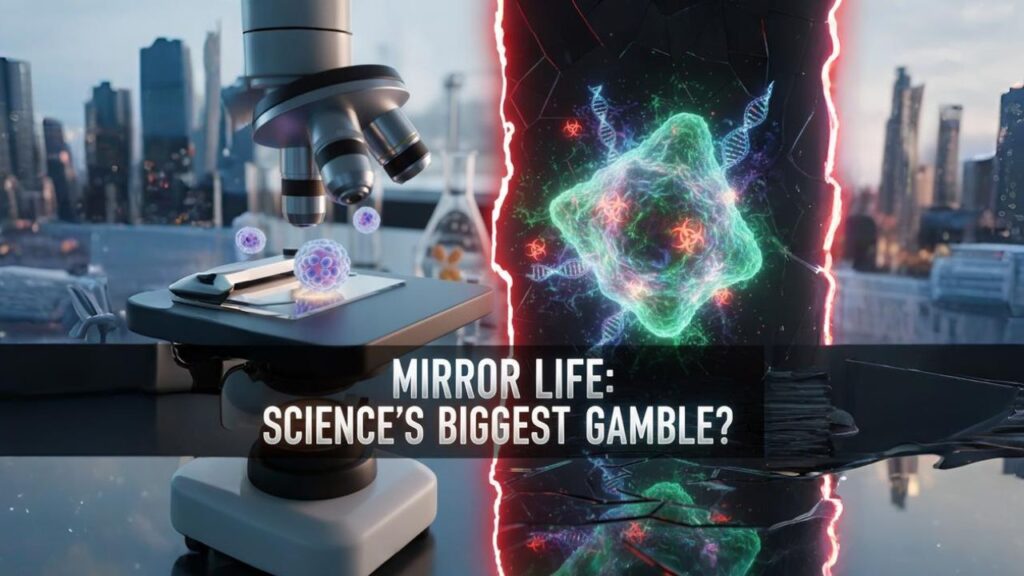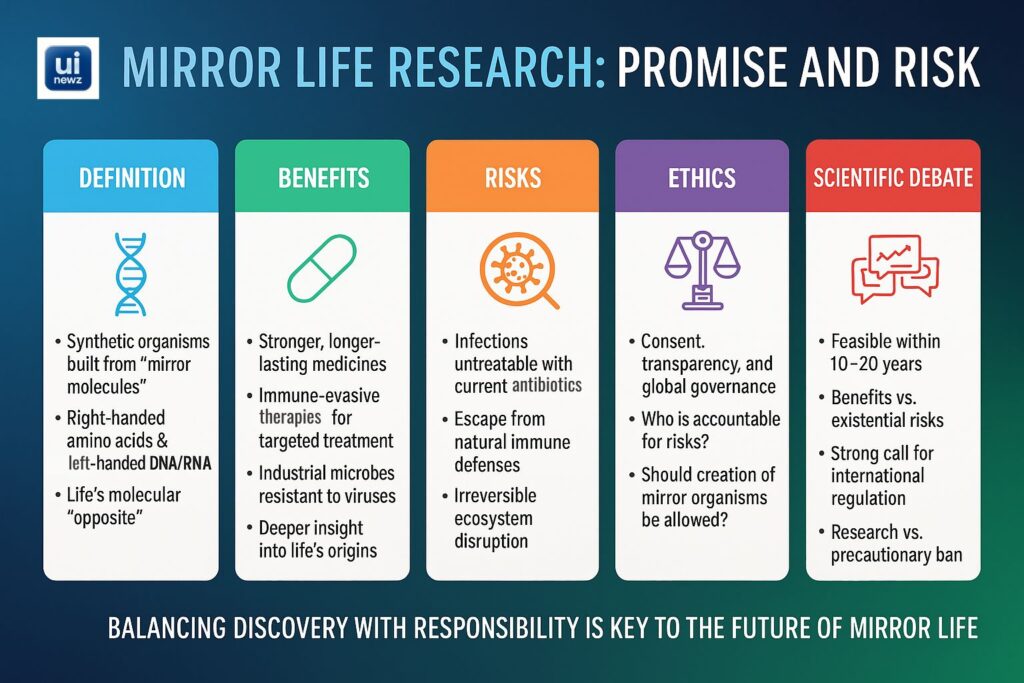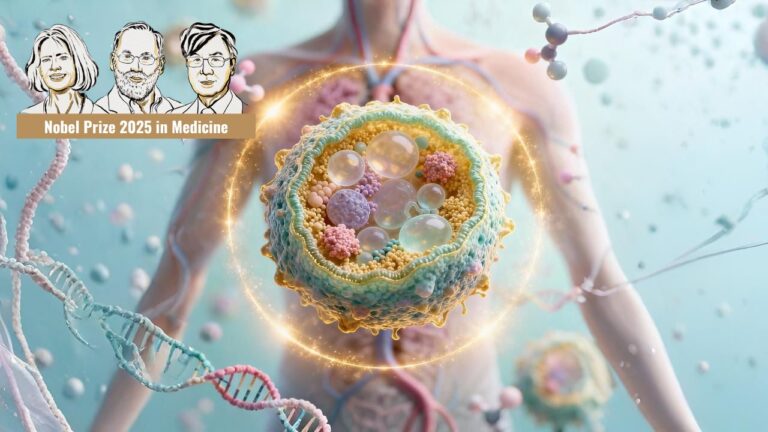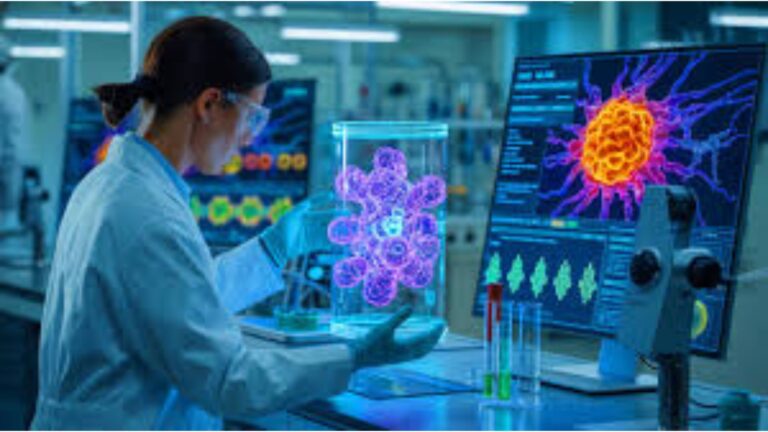
Mirror Life Research: What if scientists could build a form of life that exists nowhere in nature, a true “mirror” version of every living thing on Earth? This bold concept, known as mirror life, is one of the most exciting yet controversial ideas in synthetic biology. On one hand, it promises medical breakthroughs that could change how we treat disease. On the other hand, it raises unsettling questions about safety, ethics, and the potential impact on ecosystems and human health.
This article explains mirror life, explores its potential benefits, addresses ethical and ecological concerns, and examines the scientific debate shaping its future.
What is Mirror Life?
In nature, the basic building blocks of life have a specific “handedness,” or chirality. Think of your left and right hands, they look alike but cannot be perfectly aligned. Similarly, amino acids and sugars that form proteins and DNA exist in left- and right-handed forms. Life on Earth exclusively uses left-handed amino acids and right-handed sugars, a phenomenon known as homochirality.
Mirror life flips this rule. It would build organisms from the opposite versions, right-handed amino acids and left-handed nucleic acids. Every molecule in such an organism would be a “mirror image” of its natural counterpart, an idea first noted by Louis Pasteur in the 19th century.
Today, advances in synthetic biology are bringing this concept closer to possibility. While creating a fully mirror-image organism is still far from reality, rapid progress in synthetic cell construction is making the once-speculative vision of mirror life increasingly feasible.
A 2024 technical report on mirror bacteria noted that while such organisms don’t yet exist, they could become possible within a few decades. Early versions would likely be fragile, but engineering advances could make them stronger, and easier to replicate or modify, raising both scientific potential and biosecurity risks.
Why Study Mirror Life?
Scientists are exploring mirror life for several reasons:
- Medical Potential: Mirror molecules are resistant to natural enzymes. Drugs built from them could last longer in the body and avoid immune system breakdown, leading to more effective treatments with fewer side effects.
- Origins of Life: Research could help explain why Earth’s life chose one molecular handedness over another, a fundamental unsolved mystery.
- Biotechnology: Mirror organisms might resist viruses and predators, making them ideal for industrial processes like producing biomolecules without contamination.
Potential Benefits of Mirror Life Research
- Improved Therapies: Mirror-based peptides are already under development to boost drug stability. For instance, the FDA has approved etelcalcetide, a mirror peptide drug for chronic kidney disease.
- Immune Evasion: Treatments using mirror molecules may bypass immune detection, reducing rejection or inflammation risks.
- Industrial Uses: Mirror microbes could operate “invisibly” in factories, immune to natural predators, thus improving efficiency.
- Scientific Insight: Studying mirror organisms could deepen understanding of life’s chemical foundations.

Why is Mirror Life Research Risky?
Despite its promise, mirror life carries grave dangers:
- Ecological Threats: Mirror microbes could escape natural immune defenses and predators, spreading unchecked. They might disrupt nutrient cycles, harm biodiversity, and even destabilize global ecosystems. The 2024 report warns that mirror bacteria, resistant to bacteriophages and antimicrobials, could dominate soils, oceans, and food chains, potentially triggering ecological collapse.
- Health Risks: If mirror pathogens infected humans, animals, or plants, neither the immune systems nor existing antibiotics would work. The report highlights that immunity relies on chirality; mirror microbes would go undetected, potentially causing untreatable infections resembling severe sepsis. Developing new “antimirror” drugs or vaccines would be possible but slow, too slow in a sudden outbreak.
- Biosecurity: Mirror organisms could be misused as bioweapons. Because they resist detection and are hard to control, even moderately skilled actors could pose risks if they obtained mirror DNA.
- Irreversibility: Once released, mirror organisms would be nearly impossible to eradicate.
- Ethical Concerns: The risks raise questions of responsibility, transparency, and whether humanity should create life forms with no natural counterpart.
Scientific and Policy Debate
Since late 2024, a coalition of 38 leading scientists, including Nobel laureates, has warned that creating mirror life could cause “unprecedented and irreversible harm.”
Conferences in Paris and Manchester in 2025 highlighted three broad points of agreement:
- Mirror life does not exist naturally and could take decades to synthesize.
- The risks currently outweigh the benefits.
- Stronger global governance, oversight, and public engagement are urgently needed.
At the same time, some argue against halting research entirely. They support regulated experiments under strict safety controls, emphasizing that mirror molecules have already improved drug development.
The 2024 technical report notes that significant funding already supports mirror biology projects in the US, China, and Europe. If efforts continue, mirror cells might be achieved within 10–20 years, driven by advances in synthetic cell construction. That makes policy and oversight urgent before technical barriers fall.

Should Mirror Life Research Continue?
The decision to advance mirror life involves balancing innovation with responsibility:
- For Research: Mirror molecules are already transforming medicine, and deeper study could unlock more breakthroughs.
- Against Unregulated Creation: Fully synthetic mirror organisms could destabilize ecosystems and human health, demanding strict limits or even bans.
- Need for International Oversight: Because risks cross borders, coordinated global policies are essential.
Mirror life sits at the crossroads of extraordinary opportunity and profound risk. Its potential to transform medicine and deepen our understanding of biology is undeniable, but so are the dangers of ecological collapse, biosecurity threats, and irreversible harm.
Scientists are exploring countermeasures, such as antimirror drugs, specialized vaccines, and mirror bacteriophages, but these would likely be too slow to stop large-scale damage once organisms escape.
The global scientific community urges stringent safeguards, transparent communication, and public dialogue as this research progresses. The choices made today will determine whether mirror life becomes a tool for medical progress, or an uncontrollable threat to the future of life on Earth.
FAQs
What is mirror life in simple terms?
Mirror life refers to synthetic organisms built from “flipped” molecules, right-handed amino acids and left-handed DNA, the opposite of all natural life.
Why are scientists interested in mirror life?
It could lead to stronger medicines, new insights into the origin of life, and microbes that resist natural viruses in industry.
What makes mirror life risky?
Mirror organisms could escape immune detection, resist antibiotics, and spread unchecked in ecosystems, causing health and environmental crises.
Could mirror bacteria infect humans?
Yes. Reports warn that mirror bacteria could survive in blood, avoid immune defenses, and cause untreatable infections.
How soon could mirror life become real?
Experts say full mirror cells may be possible within 10–20 years, as synthetic biology and cell construction technologies advance.






